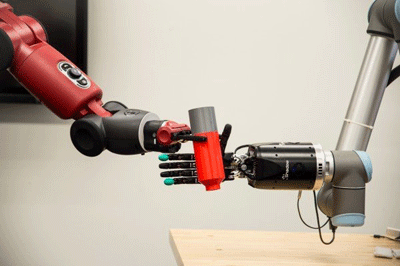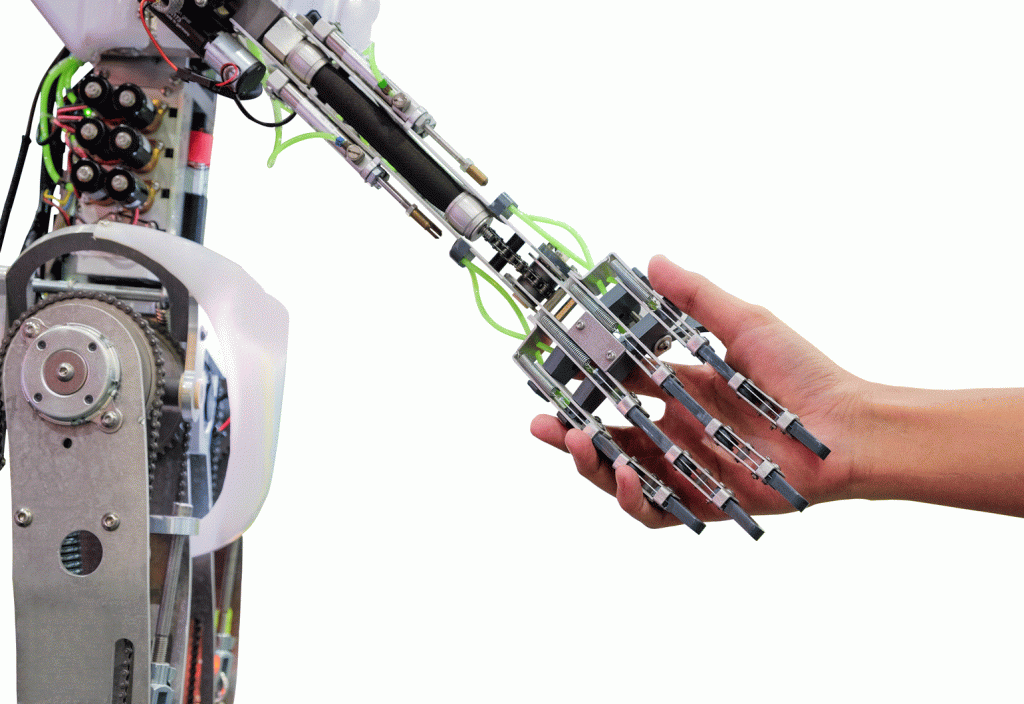While prosthetics have come a long way, thanks to 3D printing and technology that allows complex movement, they can’t yet reliably restore a sense of touch.
But this could change, with recent studies paving the way towards artificial limbs that can feel as well as move.
With the rate of amputations due to diabetes and other illnesses rising globally, the demand for prosthetic limbs is likely to increase. In Australia, over 8,000 people have a lower limb removed each year.
Because sensory feedback is particularly important for everyday tasks, such as walking on uneven ground or applying the right amount of pressure to peg washing on the line, a prosthesis that restores feeling would make a real difference for amputees.
Action and sensation
One researcher who is determined to make life easier for amputees is Professor Peter Choong, head of academic surgery at Melbourne University. Choong says there’s no reason why artificial limbs can’t provide feeling as well as motion.
“Under normal circumstances the single nerve works both ways, as in that telephone line … I speak and you hear my words; that’s called action and sensation,” he said.
Choong is part of a multidisciplinary team working to develop an artificial arm that not only interprets electrical signals from the brain, but feeds back sensory information.
Also on the team is robotics engineer Associate Professor Denny Oetomo, who is building a robotic arm that he hopes will provide the same range of movements as high-end prostheses costing up to $100,000, but without the unwieldy interfaces that mean they are often discarded for simpler alternatives.
Replacing lost pathways
Oetomo and Choong will implant chips and electrodes which communicate between the brain and artificial arm, using the person’s nerves, muscles and tissue to connect them.
“The brain is at one end; the hand is at the other. It’s the interface that’s the challenge,” Oetomo explained.

One major interface challenge is that neural pathways necessary to transmit sensory and motion signals can be damaged or destroyed by trauma.
Choong’s team is restoring lost pathways by engineering tissue to replace lost muscle, and using carbon nanotubes to guide regenerating nerves to reconnect with it.
A research team at Florida Atlantic University (FAU) is also working to restore lost neural pathways to provide sensory feedback through a robotic arm.
“To accomplish this, we are going to directly connect these living nerves in vitro and then electrically stimulate them on a daily basis with sensors from the robotic hand to see how the nerves grow and regenerate,” said FAU principle investigator Erik Engeberg.
Sensing limb position
Prosthesis users must look at their artificial limbs while moving them, as the there is no sensory feedback about the limb’s position in space.
A recent MIT study has made progress in resolving this issue by connecting surviving nerves to muscle pairs grafted from another part of the body. A microprocessor control system will translate nerve signals to tell the prosthetic limb how to move.
When the nerve tells the artificial limb to move, one grafted muscle will contract while the other extends. This will allow the user to sense the spatial position of the prosthesis.
A collision of imaginations
According to Choong, a multidisciplinary approach is key to developing artificial limbs with a sense of touch.
Choong describes the collaborative process as “a collision of imaginations”, which combines elements of orthopaedic surgery; robotics; 3D printing; and biomaterial sciences.
While researchers have run promising trials on artificial limbs with sensory feedback in 2014 and 2016, both of these methods were unsuitable for widespread implementation: the first due to risk of infection from implanted electrodes and wires; and the second because of the large amount of hardware required.
Although there is still a long way to go before amputees can regain their sense of touch, Choong explains that current research efforts are inspiring hope.
“Although this seems so sci-fi, possibly the most important thing it does is give hope to people. Hope that they may be able to get back things that they have lost to disease, degeneration, tumour or accidents and have a much more fulfilling life,” he said.
